| Sign In | Join Free | My xxjcy.com |
|
- Home
- Products
- About Us
- Quality Control
- Contact Us
- Get Quotations
| Sign In | Join Free | My xxjcy.com |
|
Brand Name : HUA QUN
Model Number : HQ-144
Certification : ISO9001
Place of Origin : China
MOQ : 1 ton
Price : Pending
Payment Terms : L/C, T/T, Western Union
Supply Ability : 100 tons per day
Delivery Time : 3-7work days
Packaging Details : 25kg per bag,40 bags per ton,25-28 tons per 1x20ft container
Specific Gravity : 1.8~2.2
Sample : accept
Service : OEM ODM accept
Material : Petroleum resin
Oem : yes
Country Of Origin : China
Melting Point : >100 degree
Function : Strong Weather Resistance
Description of Thermoplastic Paint
1. Material Composition
Resin Type and Quality: High-quality thermoplastic resins, such as hydrocarbon or maleic resins, provide better binding properties and durability.
Pigments: Stable and durable pigments (e.g., titanium dioxide for white lines) ensure the coating maintains its color and integrity over time.
Glass Beads: Glass beads not only improve reflectivity but also affect wear resistance. Properly embedded beads enhance durability, while poorly embedded beads can increase wear.
Fillers: The type and proportion of fillers (e.g., calcium carbonate) impact the mechanical strength and abrasion resistance.
2. Application Thickness
Thickness of the Coating Layer: A properly applied layer (typically 1.5-2.5 mm for road markings) ensures sufficient material to resist wear. Thinner layers wear out faster under traffic.
3. Road Surface Compatibility
Surface Type: Adhesion is better on smooth, well-prepared surfaces (like asphalt) than on rough or porous surfaces, which can accelerate wear.
Surface Preparation: Improperly cleaned or primed surfaces can lead to poor bonding and quicker wear.
4. Traffic Conditions
Traffic Volume and Weight: Roads with heavy traffic or high loads (e.g., trucks) subject coatings to increased abrasion, leading to faster wear.
Vehicle Speeds: Higher speeds generate more friction and heat, which can degrade the coating faster.
5. Environmental Factors
Temperature Variations: Extreme heat or cold can cause thermal expansion or contraction, leading to cracking or flaking of the coating.
Rain and Moisture: Prolonged exposure to water can weaken the bond between the coating and the road surface.
UV Radiation: Prolonged sun exposure can degrade the resin and pigments, reducing wear resistance.
6. Application Process
Heating Temperature: Proper heating (180°C-220°C) ensures the coating melts uniformly and bonds well to the surface. Overheating or underheating can compromise adhesion and durability.
Mixing Uniformity: Uneven distribution of components (resin, glass beads, fillers) during application can result in weak spots that wear out faster.
Curing Time: Allowing the coating to cure adequately ensures it reaches its optimal hardness and wear resistance.
7. Glass Bead Quality and Embedding
Bead Hardness: Harder beads provide better resistance to abrasion and longer-lasting retro-reflectivity.
Bead Coverage: Evenly distributed beads that are embedded at the right depth (~50% into the coating) balance reflectivity and durability.
8. Maintenance Practices
Cleaning: Regular cleaning of road surfaces prevents dirt and debris from accelerating wear on the coating.
Repairs: Timely patching of damaged or worn sections prevents further degradation.
9. Compliance with Standards
Testing and Certification: Coatings manufactured and applied according to recognized standards (e.g., BS 3262 or ASTM) often exhibit better wear resistance because they meet stringent quality requirements.
Detailed Process of Thermoplastic Paint Construction
1. Prepare the Surface
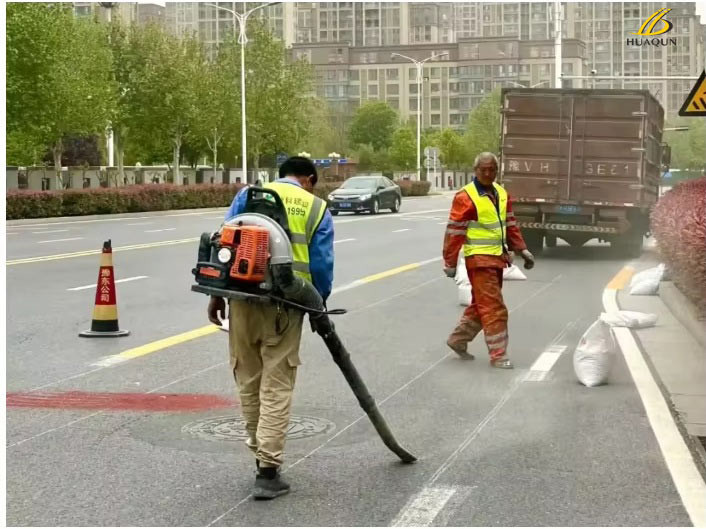
2. Mark the Layout
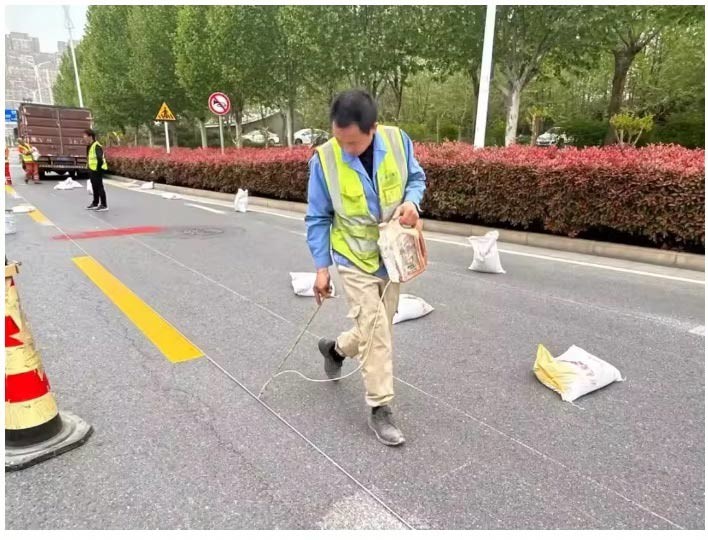
3. Heat the Thermoplastic Paint
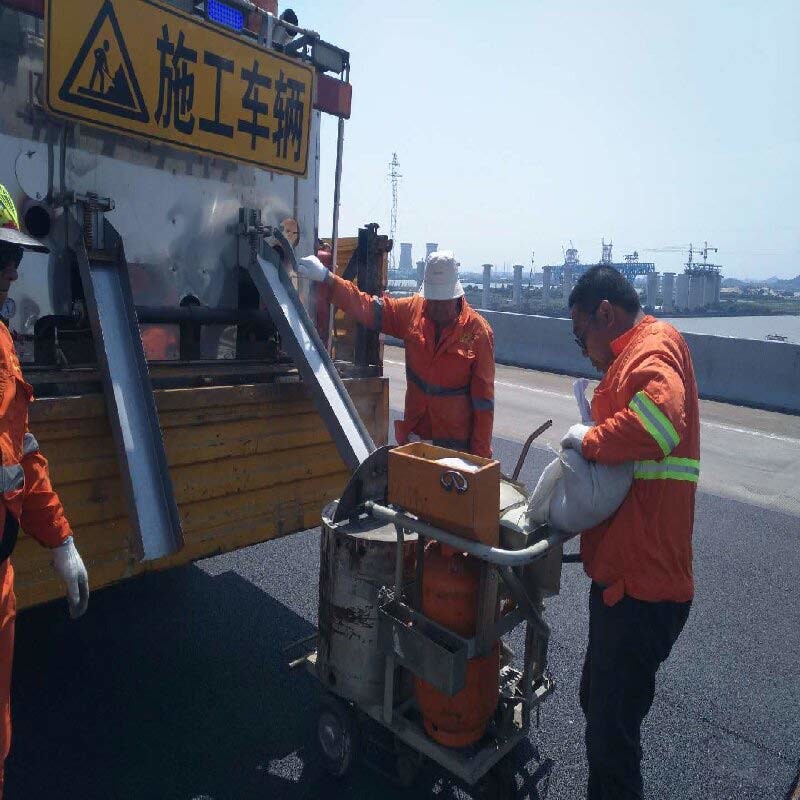
4. Primer Application (if required)
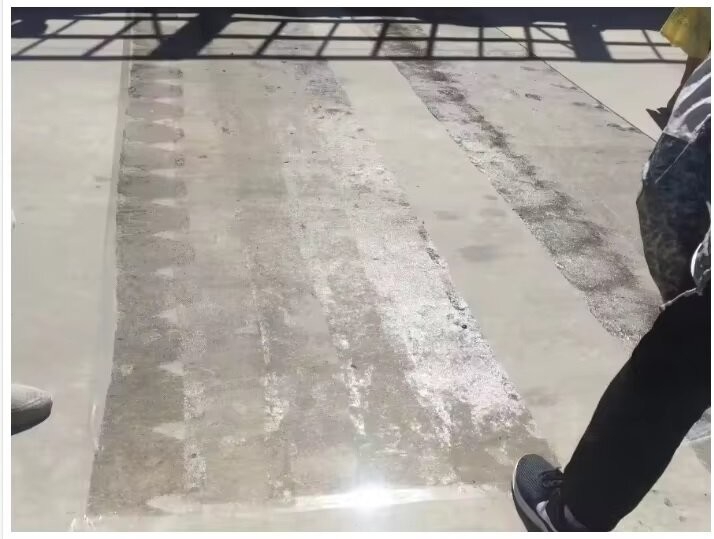
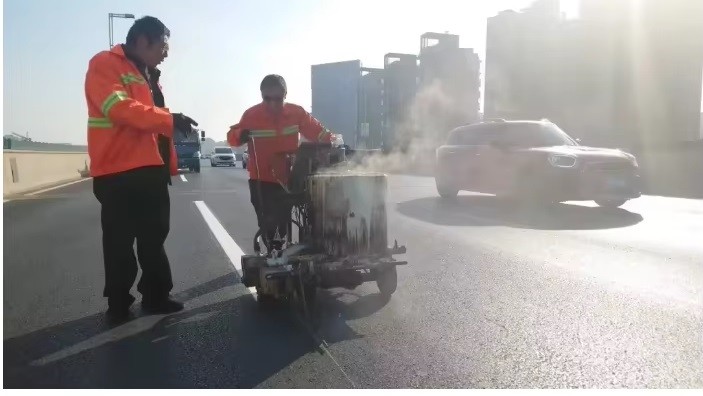
6. Check and Correct
After the coating is completed, check and correct the line shape, check the spread of glass beads, etc.
After confirming that it is correct, the construction site will be cleaned up.
After the line is dried and hardened, the relevant construction equipment can be transferred, the safety facilities can be dismantled, and the traffic can be opened.

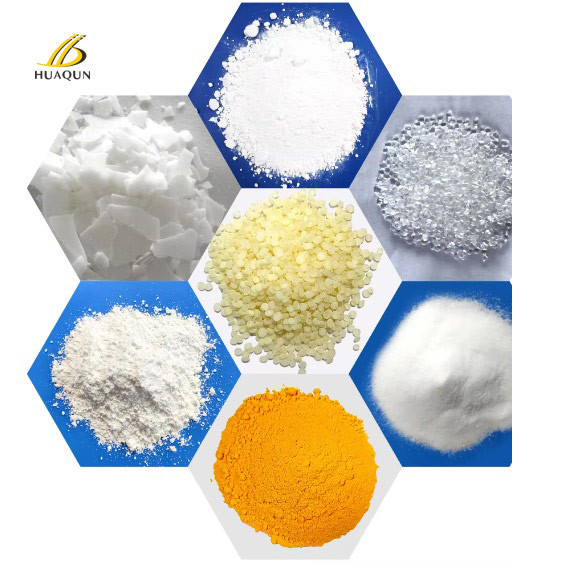


| Customized Formula | ||
| Customized Formula | Content(Customized range) | Characteristics |
| C5 Resin | 10%-22% | Fluidity Toughness Hardness Adhesion |
| Titanium Dioxide | 0.5-10% | 0.5%-30% |
| Premixed glass beads | 0%-30% | Reflective after surface wear |
| Calcium Carbonate Sand | 30%-80% | Whiteness Wear-resistant Hardness |
| PE Wax | 1%-1.5% | Cold and heat resistant |
| EVA | 0.5%-1% | Crack resistance |
| Plasticizer | 1%-1.5% | Toughness |
Tips for Safe and Effective Application
By following these steps, thermoplastic paint can be effectively applied to create durable, high-quality road or surface markings.
How to Select Suitable Thermoplastic Paint
Choosing the right thermoplastic paint for road marking depends on several factors to ensure durability, visibility, and compliance with standards. Here are the key considerations:
By considering these factors, you can choose thermoplastic paint that meets your project’s specific needs and ensures long-lasting, high-quality road markings.





|
|
Eco Friendly Hot Melt Marking Paint Quick Drying Paint Line Road Thermoplastic Pavement Road Paint Images |